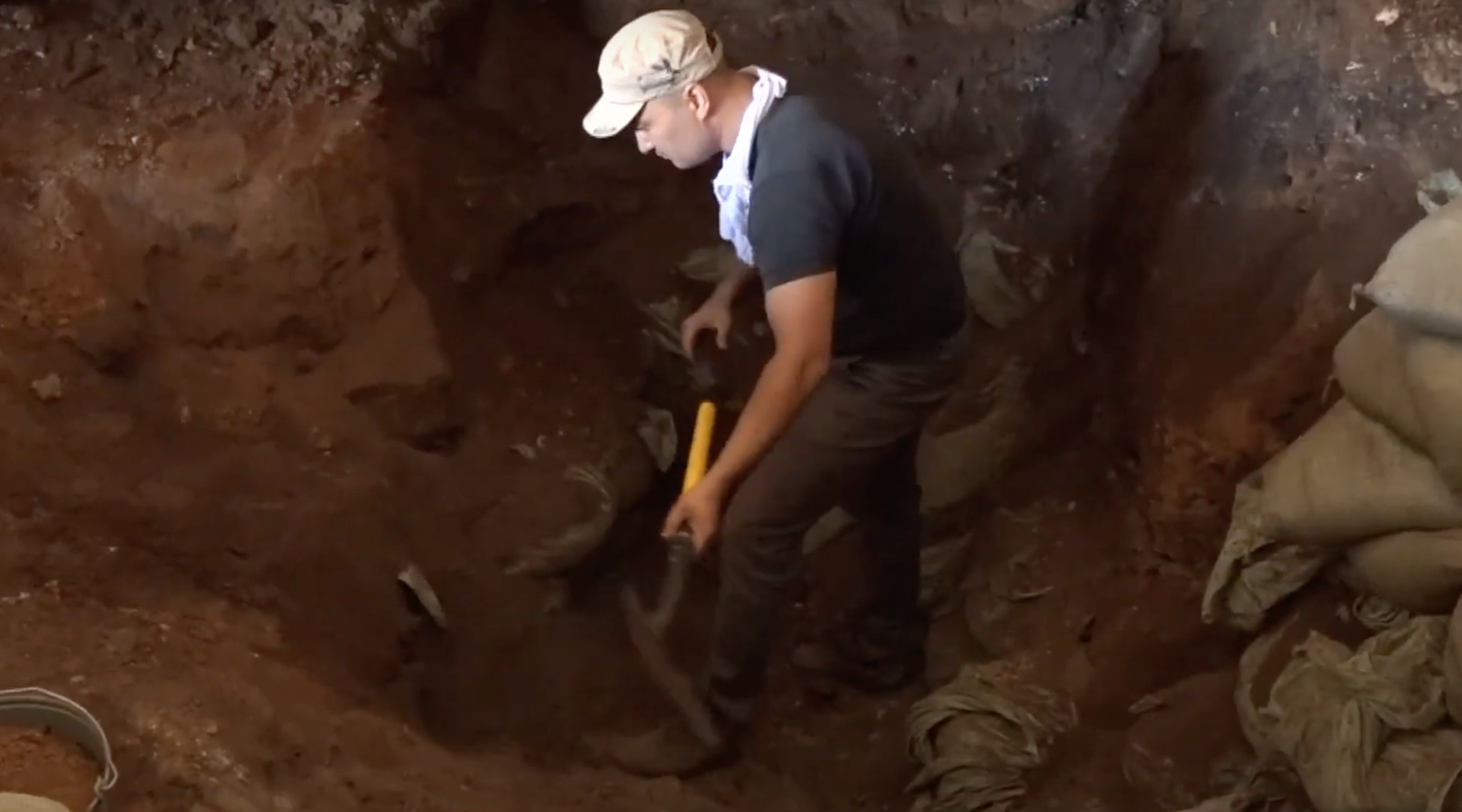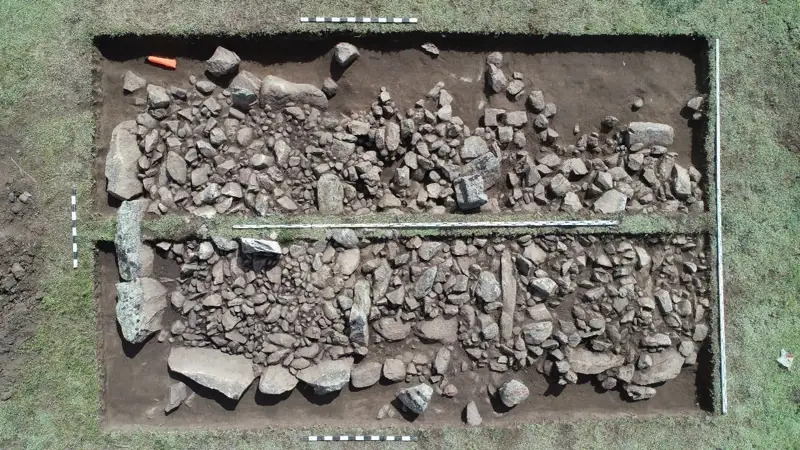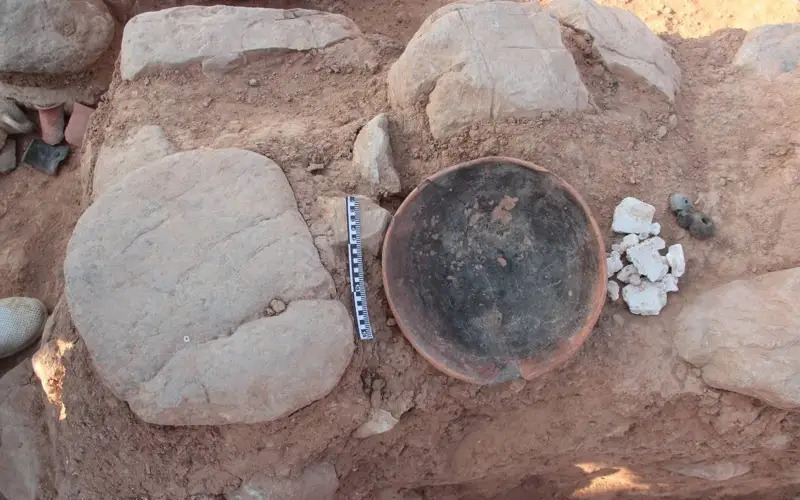ASTANA — Recent archaeological discoveries across Kazakhstan’s regions, from the Karatau Mountains caves to the East Kazakhstan Region valleys, have unearthed valuable artifacts and relics. These findings offer fresh insights into the early history and cultural heritage of these diverse areas.

Berel State Historical and Cultural Museum-Reserve organized extensive archaeological work in the Katon-Karagai and Ulken Naryn districts of the East Kazakhstan Region. Photo credit: Ministry of Culture and Information
For readers interested in more archaeological findings, The Astana Times has previously published a brief review covering other significant discoveries across Kazakhstan.
Ancient artifacts in the Aktogay cave
One of the most significant recent discoveries was in the Aktogay cave, located in the Karatau Mountains in southern Kazakhstan. During an archaeological expedition organized by domestic and foreign researchers, valuable artifacts, including the remains of ancient animals, tools, and household items, were found.

Excavations in Aktogay cave, located in the Karatau Mountains. Photo credit: Screenshot from a video.
These findings confirm that the Aktogay cave was one of the earliest known habitats of ancient humans in Kazakhstan. Stone fragments, small livestock bones, and a mountain goat’s spine were among the discoveries, indicating early human activity in this region. Experts suggest that these artifacts may become exhibits in a future open-air museum.
Scientific soil analysis of the excavation site revealed that the remains were buried approximately 23,000 years ago. The research participants are students and doctoral candidates from New York University who are participating in an internship agreement with the National Museum of Kazakhstan.
Saka-Usun settlements in the Almaty Region
Archaeologists from Al-Farabi Kazakh National University researched ancient settlements from the Saka-Usun period in the Almaty Region. The project led to the discovery of remnants of several residential houses. The findings include fragments of ceramics and bones of various animals, indicating the development of a settled culture in this region.

Archaeologists from Al-Farabi Kazakh National University researched ancient settlements from the Saka-Usun period in the Almaty Region. Photo credit: Ministry of Science and Education.
The research was conducted at the Belbulak settlement under the guidance of Professor Claudia Chang, a U.S.-based archaeologist. The discoveries and collected samples will be used for further interdisciplinary studies, which will continue in the next field season.
Archaeological work in eastern Kazakhstan
Berel State Historical and Cultural Museum-Reserve organized extensive archaeological work in the Katon-Karagai and Ulken Naryn districts of the East Kazakhstan Region. During the excavations, around 20 previously unknown monuments, including burial sites, settlements, and outposts, were discovered.

One of the significant findings was an early Iron Age settlement with a metallurgical site. Photo credit: Ministry of Culture and Information.
One of the significant findings was an early Iron Age settlement with a metallurgical site. Other artifacts include early Saka and ancient Turkic horse equipment, ceramics, and Pazyryk culture jewelry. The work will continue until the end of 2024, involving the public and officials in the protection and promotion of archaeological findings.
Unique bronze mirror in the Akmola Region

Unique bronze pendant mirror found during excavations in the Akmola Region. Photo credit: Akmola region’s akimat.
Archaeologists discovered a unique bronze pendant mirror during excavations at the Altyntau burial site in the Zerendy district of the Akmola Region. This discovery was made as part of the 800th-anniversary celebration of the Ulus of Jochi and is a significant contribution to studying the region’s medieval history. Representatives from the Eurasian National University and local historians and journalists participated in the excavation. The discovered mirror could become an important museum exhibit, showcasing the craftsmanship of ancient artisans.
Artifacts from the Kangju Era in the Turkistan Region
Archaeologists completed field research on the Kangju culture, dating back to the second century BCE in the Turkistan Region near the Kyzylkol village. The excavation uncovered bones and horns of livestock, stone tools, and unique ceramic items. The discovery of a ceramic leg from a ritual vessel was particularly interesting, indicating religious ceremonies conducted at this temple. The Central Museum’s archaeologists plan to continue their research, revealing new aspects of the region’s ancient history.

Ceramic leg from a ritual vessel discovered in the Turkistan Region. Photo credit: Ministry of Culture and Information


